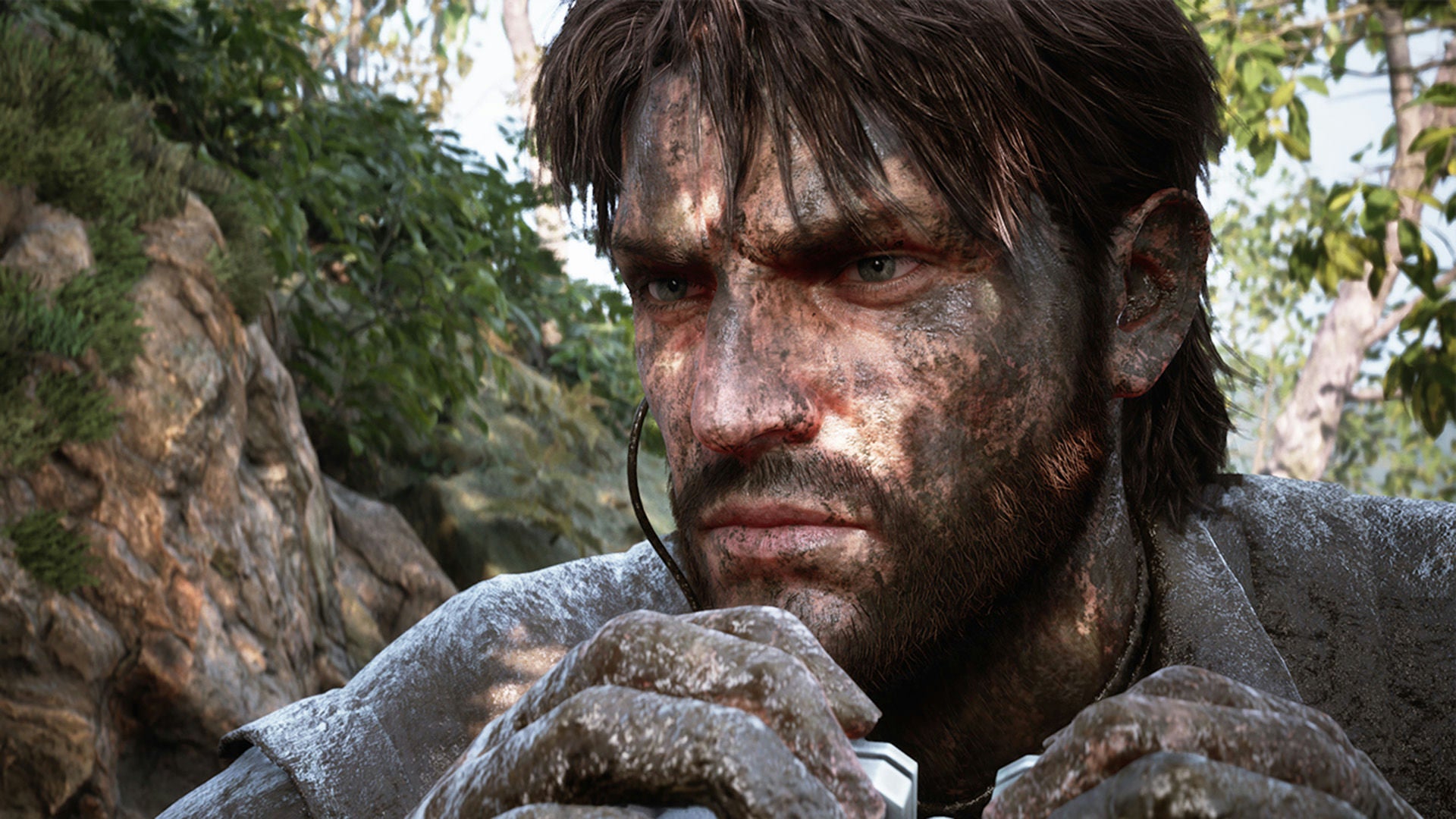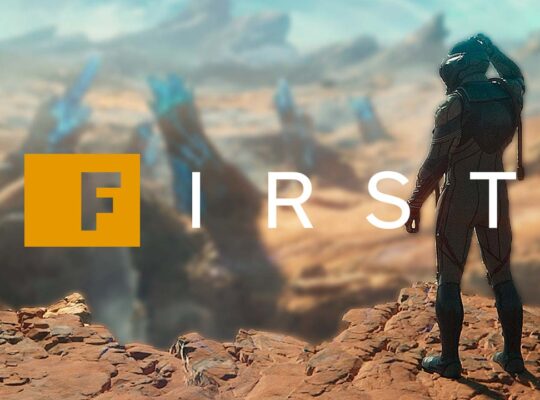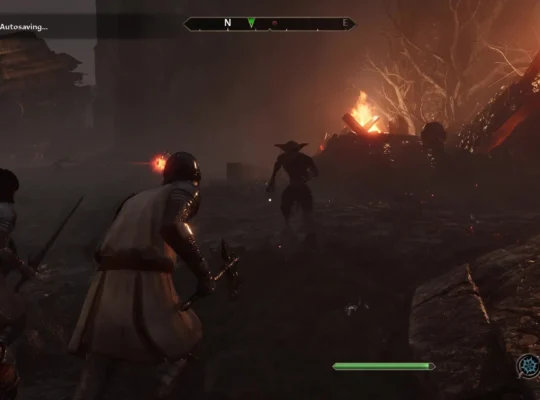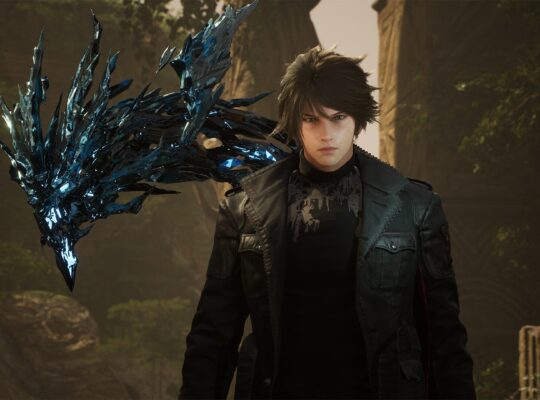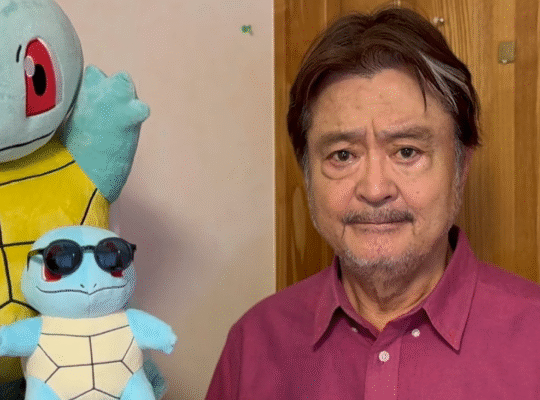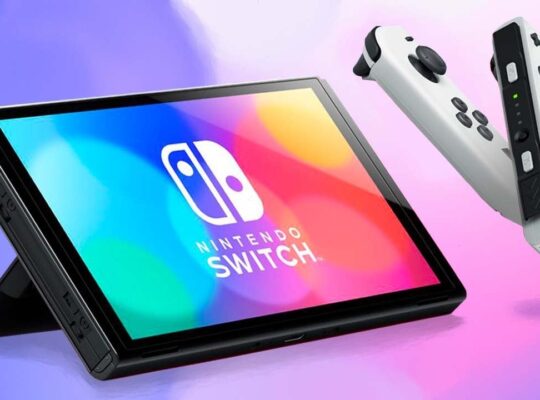Few games truly deserve the remake treatment as much as Metal Gear Solid 3: Snake Eater. Arguably the best stealth-action game of its generation, back in 2004 it pushed the PlayStation 2 to its very limits – so much so that the hardware occasionally weighed down its ambitions. Twenty years later, a complete remake from Konami using the power of modern consoles has the potential to unlock the full, uncompromised vision of the game’s original creators. Instead, this new, Kojima-less Metal Gear Solid Delta seems more like a very shiny HD remaster than the elegant remake it could have been. It’s an admittedly beautiful nostalgia trip, but almost faithful to a fault.
In a recent hands-on demonstration I was able to play through Metal Gear Solid Delta’s Virtuous Mission; a complete recreation of MGS3’s prologue built in Unreal Engine 5. It looks every bit as fantastic as you’d hope, particularly when it comes to character models – faces and clothing are a real highlight. The jungle is the true star of the show, though, with modern lighting techniques helping showcase the graphical overhaul to every blade of grass, every pool of mud, and every writhing python.
If you’re a Metal Gear veteran, you’ll know that the roughly 90-minute duration of the Virtuous Mission is dominated by cutscenes and codec calls. It’s not the ideal section to test drive any changes Konami has made (visuals aside) particularly since Delta uses the same dialogue audio as the original Snake Eater and thus all cinematics are frame-for-frame and line-for-line identical. But, if this slice is anything to go by, any gameplay changes are minimal. Delta appears to be a painstaking recreation of Metal Gear Solid 3 down to the millimetre. Trees stand exactly where they originally stood. The same enemies patrol the same routes. And frustratingly frequent load screens once again divide the jungle into small, self-contained maps.
This structure, perfectly preserved from the 2004 original, makes Metal Gear Solid Delta feel so much older than its new high-definition visuals. The jungle is small and claustrophobic, not because of its imposing canopy but because of its limited playspaces. The loading screens act as hard barriers, meaning what happens in one zone doesn’t impact another – alerted guards can’t chase you into a different map, for instance. This lack of continuity between each segment limits your creativity; there’s seemingly no way to cause distractions that fool enemies into investigating beyond a loading screen boundary, or line up a perfect shot across the stitching between zones.
Frustratingly frequent load screens once again divide the jungle into small, self-contained maps.
All of this, of course, was not just forgivable back in 2004 but expected. The PS2 simply couldn’t render an entire seamless playspace this detailed. But in 2024 the freedom of Metal Gear Solid 5’s sprawling maps, which would be perfectly at home retrofitted into Snake Eater’s Soviet wilderness, is sorely missing here. I’m reminded of Capcom’s Resident Evil 2 remake, which eliminated the original game’s iconic door-opening loading screens in favour of a more immersive, completely seamless police station. Without a similar approach, I worry that the overall play experience of MGS Delta won’t be significantly different enough from the Snake Eater HD remaster available as part of last year’s Master Collection Vol. 1 – a game with a much lower price point and packaged with two other truly excellent games.
After playing the demo I had the chance to talk with producer Noriaki Okamura and I asked why the team didn’t opt to bring MGS3’s map design up to date. “We did debate about this internally,” he told me. “Maybe we should reskin the game into the current open-world type map? But after thinking about this, we would definitely have to basically remake the game from scratch, and by doing so it could alter other things about the game, and we decided that’s not the direction we really wanted to take.”
While the playspace of the Virtuous Mission is exactly what you remember, Konami has made some smart changes that incontestably make Delta more comfortable to play than its parent. The most important is a modernised control scheme that works in tandem with over-the-shoulder aiming, a feature pulled from the 3DS version of MGS3. This setup is practically revolutionary. The original Snake Eater used inputs that had their roots in the comparatively basic MGS1, but the increasingly complex and ambitious boss battles demanded a level of fine control that the scheme simply couldn’t keep up with. Thankfully the old, fiddly aim mechanics are now gone, replaced with contemporary trigger-based gun control that allows for easy, precise headshots. There’s nothing in the Virtuous Mission that really challenged my marksmanship, but I’m really looking forward to battling The Fury; a boss whose speed and attack patterns were an uncomfortable fit for the original game’s clunky controls.
Other welcome enhancements are a quick-dial system for your codec, allowing you to access vital functions like saving the game by tapping down on the d-pad, while the up button opens a quick-select for your camouflage. The two remaining d-pad buttons cycle through your equipment, which is a minor but solid improvement over the original scheme.
More essential is the fact that Snake can now crouch walk (another feature first included in the 3DS version), which practically feels like a necessity in a stealth game. Combined with the refreshed aiming system and modern 3D camera, Snake Eater now plays much more intuitively. However, I will caveat that by saying it does still feel like a game from a prior generation; Snake unfortunately does not move with the fluidity of his MGS5 counterpart. Again, it feels like Konami has missed a clear opportunity to bring modern enhancements to MGS Delta.
There are smart changes that incontestably make Delta more comfortable to play than its parent.
Provided the entire game follows suit with this demo, I think your feelings on Delta are going to depend on just how faithful you want this remake to be. If you’re a purist, then you’re in luck: the new MGS team at Konami clearly sees the original Snake Eater as something of a religious text. But it means Delta’s creative vision is held prisoner by the early 2000s. Even the cutscenes feature the same fade-to-black loading between scenes as the original – something surely cinephile Kojima would have exorcised if only he’d had access to SSDs back in the day.
Beyond the updated graphics and controls, there’s nothing surprising, refreshing, or dare I say exciting about MGS Delta, at least in this demo. The only significant change we did find was that shooting Ocelot did not trigger the time paradox game over screen. It’s not clear if this omission is simply because the demo is not pulled from the final version of the game, but such a famous Kojima-ism being missing from the first press showing of Delta did raise a concerned eyebrow. Hopefully it makes it into the full release.
Okamura told me that he “wanted to avoid a situation where this series will be forgotten in time,” and that the goal of Delta was to “make sure we deliver the game as faithfully as possible so it doesn’t take away from the nostalgic aspect.” That’s a noble goal, but I can’t help but feel that was the job of the Master Collection. I had hoped Delta would have seen the team upgrade and enhance Snake Eater with ideas from The Phantom Pain and beyond, offering the same story and objectives but in a more modern, more flexible, and more reactive stealth hunting ground. That could have made it the remake to topple Resident Evil 2 from its perch. Instead, Metal Gear Solid Delta is shaping up to be little more than a prettier, more intuitive version of 2004’s most essential stealth game.
Matt Purslow is IGN’s Senior Features Editor.


